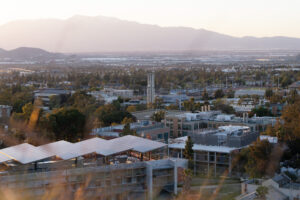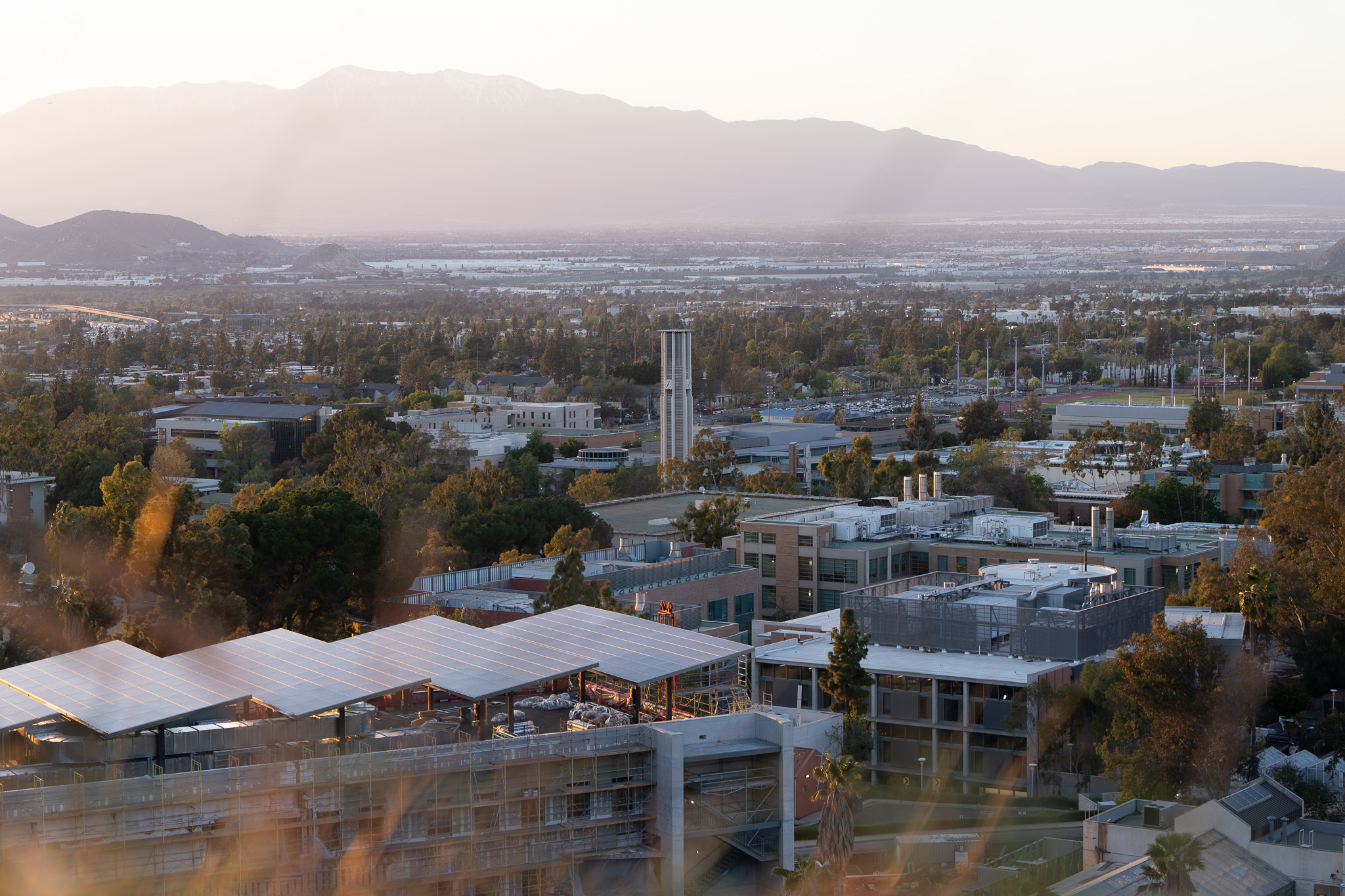
The recent public review and hearing of the draft Environmental Impact Report (EIR) on the Riverside Unified School District (RUSD) Science, Technology, Engineering and Mathematics (STEM) high school has raised several issues. The school is intended to serve 1200 students, 400 of which would be full-time, and 60 faculty members. The goal is to expand STEM education and college preparedness, but this plan falls short. Furthermore, while the proposed educational center is a great idea in theory, the current plan puts the needs of and may put undue strain on the existing campus community.
The center is supposed to be built next to the campus Baseball Complex at W. Blaine Street and Canyon Crest Drive, including a 153-space parking lot and bus drop-off zone. Most of these students will be bussed in on varying schedules daily from different RUSD high schools, creating further traffic. While public transportation can help relieve traffic congestion, simply adding people and buses will not relieve students’ traffic problems. It is still an attempt to pack more people into a limited space. This measure is insufficient to meet the transportation needs of potential students while not burdening University of California, Riverside (UCR) students.
At the public hearing, it was pointed out that the Draft EIR did not base traffic forecasting on realistic data. Specifically, there were complaints that the study cited in the EIR did not use peak traffic hour data. The EIR only looked at its own collected traffic data to reflect noise and pollution data, which was also done as UCR was still recovering from the pandemic in November 2021. While the data itself was collected according to California Environmental Quality Act (CEQA) standards, it remains incredibly misleading to use data that may very well not apply to the current traffic environment at UCR to tell students that their commute won’t be impacted severely even if the data was taken properly. CEQA does not even require that possible traffic congestion be included in EIRs as it is “no longer considered a significant impact under CEQA.” However, for students, this is the main sticking point, and to them, it will have a more than significant impact. More relevant data must be collected to ascertain the full impact on campus traffic.
Not measuring normal and recent traffic patterns is generating very reasonable concern as UCR comprises of 70% commuter students, and freshmen are not required to live on campus. These students need the roads not to be clogged with new, barely competent drivers and more buses. The fact that this report uses severely compromised data indicates that the university and the campus community must anticipate that the education center will interfere with their commutes.
UCR students are also concerned that their access to resources will be negatively impacted despite being charged upwards of $13,000 yearly to attend college. Families and students spend years saving enough money to pay tuition and other college expenses, and that sacrifice cannot be rewarded with campus additions that detract from their education. Additionally, the project will repurpose campus recreational space, specifically the “two baseball diamonds, bleachers, lighting,” and the plan to compensate for that loss is still being worked on. The RUSD STEM educational center will be funded with RUSD resources and is said to be “entirely self-contained.” Hopefully, this is accurate, but there is no feasible way to keep the educational center’s high-school-aged students from bleeding onto campus.
Currently, the plan prohibits STEM students from leaving school grounds for lunch and prohibits them from utilizing campus dining facilities. The school will likely use RUSD’s Raptor visitor management system to keep the public off the grounds. This effectively tracks visitors and volunteers onto the facility’s grounds but does not preclude students, visitors or volunteers from entering UCR’s campus.
However, UCR is a public campus with very little to stop students from entering campus before or after their regular school hours. While they are not permitted to utilize campus privileges, UCR has no system for keeping visitors off campus and the people who go in and out are not closely monitored. There would also be very little way to tell the difference between them and any number of high school students touring the campus. UCR’s campus is for UCR students who pay the astronomical tuition and fees to maintain and use it, not for high school students to wander around and disrupt it in their off time.
UCR’s motives for this are also a source of apprehension as it tries to improve its reputation and social mobility ranking. Most importantly, UCR is a STEM school, so creating a direct pipeline of STEM students to attend their institution increases research, credibility and the overall educational program. While none of these things are inherently bad, introducing a high school educational center on campus is not the most effective way to address a lack of college preparedness and a scarcity of STEM opportunities for high school students.
An inequitable lack of access to college preparedness resources for high school students is incredibly prevalent, and that burden needs to fall on high schools. This project could have a positive impact without having to be on UCR’s campus. Colleges like UCR can offer outreach programs, opportunities to visit campus and summer programs for STEM students. Still, chances for high school students should not come at the cost of the higher education experience.
UCR has to prioritize the needs of the students it is already serving. This education center is a grand and bold idea that, sadly, lacks the foresight and structure needed to make it successful and not a hindrance to campus life. There is no opposition to ensuring children have access to world-class education and research facilities, but there has to be a better way to do it.
This Editorial was corrected for more accurate coverage most recently on Tuesday, May 21, 2024 at 9:30 a.m.








